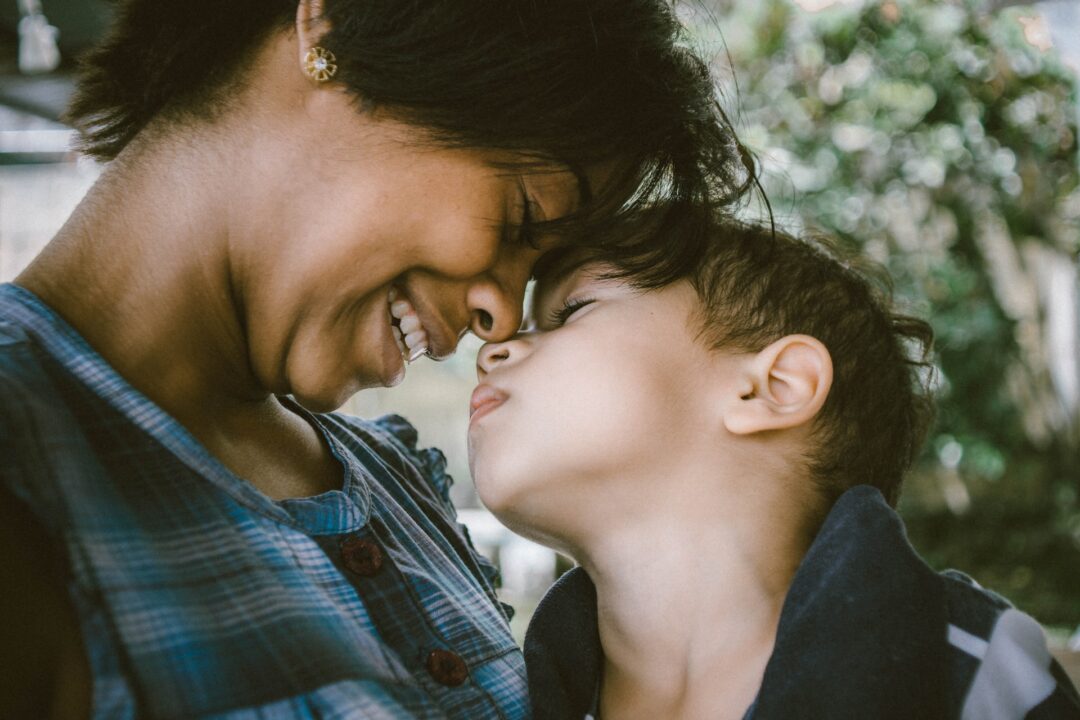Parenting tips
Emotional Competence: Encouraging Kids to Talk About Emotions

Last Updated on May 25, 2024 by Joshua Isibor
Kids also have feelings and emotions like adults. Most times they find it very difficult to express or talk about it. The early years are very important for your child’s development. This is the time he or she learns about how the world around them works.
As children or preschoolers develop, they tend to learn more about their feelings and emotions and how to express them. Learning more about their emotions and expressing them can be very challenging for children. This happens because of the complexities of emotion. This most often causes children to vent their frustration through outbursts or not be able to calm down.
As a parent or guardian, you may find this stage in your child’s life very challenging but know that it is all part of their learning experience. As I said earlier, it is a challenge at this stage, so it is crucial for you as an adult to support and encourage your child’s effort during this stage. It will be better for them to talk about how they are feeling.
When the need arises, it is always difficult for children to recognize and understand emotions in themselves and others without adult support. A lot of practice is required in calming down when upset, using words to describe such feelings, and addressing challenges. When adults support and provide explanations, it helps children understand how to manage their feelings. Helping a child, kid, or preschooler identify and label emotions is an important first step.
There are several ways to support and encourage a child to talk about emotions
1 Ask questions:
when you notice a drop in a child’s countenance, ask questions like how are you feeling, and watch the child throughout the day.
2 Identify the emotion:
after asking the child how he or she feels, identify the emotion. Most times we use the words happy, sad, angry, worried, etc. but we fail to notice that there are many other feelings and emotions. So it is your job as an adult to help them identify such feelings.
3 Talk to them about emotions and feelings:
tell them the different feelings and emotions and how they express them. You can label character emotions and point out the characters’ facial expressions and body language. It could be in a book or a movie or probably in a gathering.
4 Talk about how you are feeling during the day:
This would help you bond with your kids. You can tell your kids how you feel; there is no big deal about it. For example, you can simply say I’m feeling so sad today cause the heavy rain won’t let us go for the field trip or you can say I’m feeling happy today because we will be going to the cinema. Ensure you direct your kids to look at your facial expressions and body language as you say how you feel. This would help them identify emotions and express them without saying a word.
5 Talk about how different people might feel and express emotions in a different situation:
This would help the kids understand and have more knowledge about the complexity of emotions and how to make other people experience them too.
RELATED ARTICLE: Ways to get your kids or children to open up
6 Be a role model:
One unique thing about children is that they easily copy things they see others doing the same, which goes for emotions and feelings. For example, when they notice Uncle Tom always throwing and breaking things when angry, they want to try the same thing, which I know you would not like.
Kids can learn a lot about emotions, and how different people express and handle them by watching them. So let your kids see how you are feeling and how you handle your emotions. This would teach them how to handle emotions appropriately.
7 Help the child calm down when the need arises
For example, when you notice your kid is sad or moody you can do things or get things that would cheer him or her up, if your kid loves ice cream you could get one to help brighten his or her mood. Another example is when you notice your child is upset, you can simply say it looks like this is a good time to calm down, and take a deep breath, Make sure you take a deep breath together. This could help you guys bond well and much easier for your children to express their feelings and emotions to you easily.
8 Encourage your children to share their feelings and emotions:
this is very good especially if you have more than one child. This would help them see how others express their feeling and how they would handle it. It also encourages bonding between the children.
Helping a child develop emotional standing requires repeated and intentional practice. As adults, you support children’s development when you help them identify, label, and talk about emotions.
ALSO, READ Familial Factors Affecting Childhood Development and Growth
Originally posted 2021-01-20 14:27:17.


-



 Text Messages5 months ago
Text Messages5 months agoBEST LOVE CONFESSION MESSAGES FOR HER OR HIM
-



 Sex Education3 months ago
Sex Education3 months ago10 Simple Hack to Make a Girl Send Her Nudes
-



 Text Messages5 months ago
Text Messages5 months agoHeart Touching RIP Uncle Quotes
-



 Text Messages5 months ago
Text Messages5 months agoBest Good Luck Wishes Before and After Surgery, for Family and Friends
-



 Text Messages6 months ago
Text Messages6 months agoFreaky and Dirty Paragraphs For Him Copy And Paste Yahoo
-



 Uncategorized3 months ago
Uncategorized3 months agoHOW TO FALL IN LOVE WITH YOURSELF
-



 Uncategorized4 months ago
Uncategorized4 months agoHOW TO KISS A BOY FOR THE FIRST TIME
-



 Health5 months ago
Health5 months ago5 Unknown Ways To Maintain Skin Health